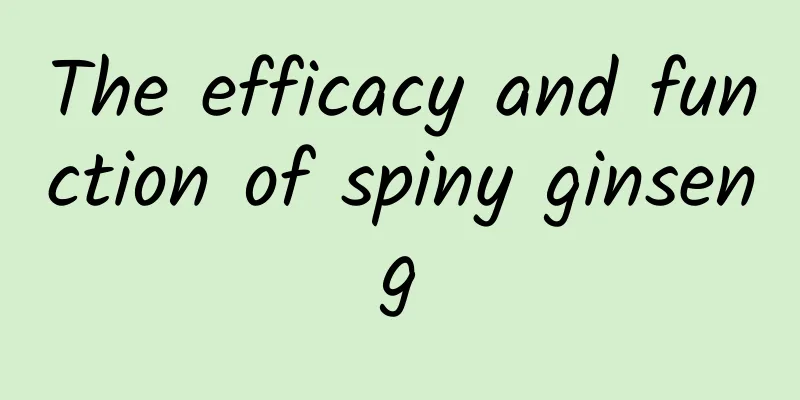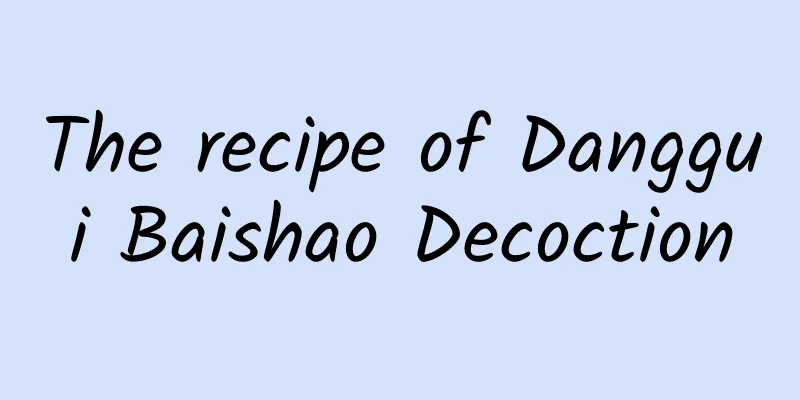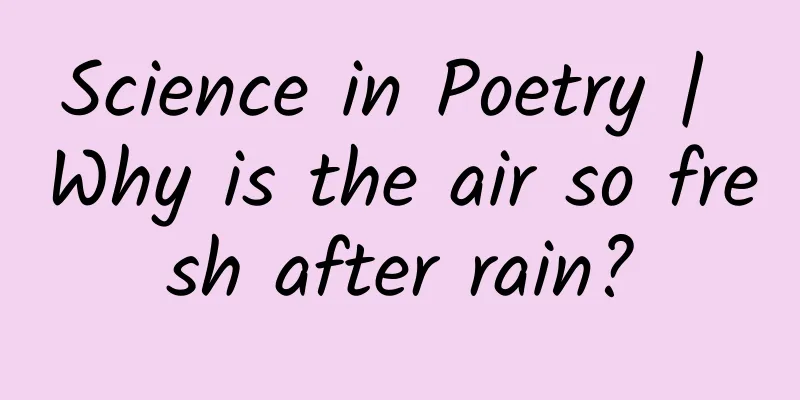Is Cordyceps sinensis a plant or an animal?

|
There are many kinds of Chinese herbal medicines. I believe that people who don’t understand them can’t tell the difference, because many of them look similar. But there is one kind of herbal medicine that people can’t mistake. That is Cordyceps sinensis, which looks like a bug. It looks like a living bug. If you didn’t know it was a herbal medicine, you would think it was just a bunch of bugs. So is Cordyceps sinensis a plant or an animal? Any of a genus Cordyceps (see Ergotaceae) that parasitizes the larvae of the bat moth. The parasitic larvae overwinter below the permafrost layer and are called winterworms. The winter worm dies as the fungal hyphae gradually spread throughout the body. In summer, slender, rod-shaped fruiting bodies with stalks grow from the heads and necks of dead larvae. The fruiting bodies extend out of the soil and look like small grass, which are called summer grass. The dead larvae and the fruiting body of the fungus are collectively called Cordyceps sinensis. There is a peculiar Chinese medicinal material. Its lower part looks like a tapeworm, with ring patterns on its body and eight pairs of legs on its abdomen; its upper part looks like freshly unearthed grass. This is my country’s unique and precious medicinal material - Cordyceps sinensis, also known as summer grass winter worm or cordyceps (Figure 27). Since ancient times, many people have believed that Cordyceps is a worm in winter and turns into grass in summer. Is Cordyceps sinensis a plant or an animal? After repeated observation and research, biologists finally uncovered the secret. It turns out that Cordyceps sinensis is a fungus called Cordyceps (Ecrogenicales, Cordyceps genus), which is parasitic on the larvae of the Lepidoptera insect bat moth. After the beginning of autumn, the ascospores of Cordyceps fungus mature and scatter into the soil; in winter, the larvae of the bat moth hide in the soil to hibernate. When the spores of Cordyceps fungus encounter the larvae of the bat moth, they extend their hyphae into the insect's body and absorb the nutrients of the insect to grow and develop. The hyphae multiply and spread, and then gather into clusters to form sclerotia. In the end, the sclerotium is filled with the insect body, and only a layer of skin remains of the dead larvae. The above tells you about the origin and formation process of Cordyceps sinensis. I believe that after understanding these contents, everyone has the answer to whether Cordyceps sinensis is a plant or an animal. In fact, it is not comprehensive to say that it is a plant or an animal. We can only say that this medicinal material is the product of the combination of bat moth larvae and zero-point mushrooms. |
<<: How to eat Cordyceps sinensis?
>>: How is Cordyceps sinensis formed?
Recommend
Eating fish is good for your health. How much should you eat? How should you eat it? Here are some tips on eating fish:
Eating fish regularly is good for your health, wh...
China E-commerce Research Center: The number of mainland Chinese overseas shoppers reached 18 million in 2013
According to monitoring data from the China E-Com...
The electricity you use in your lifetime is probably only enough for these people to post a few photos...
We are already inseparable from the Internet. In ...
If the Eastern Zhou Dynasty was a class (final chapter)
Today's article is the final chapter of the E...
Purple dye, an accident, opened an era
A magical story about medicine, waste, scientists...
The efficacy and function of lotus
Traditional Chinese medicine is a Chinese traditi...
What are the effects and functions of Astragalus flower
Speaking of Astragalus flower, it is actually a s...
Does giving an IV in the left hand increase the risk of sudden death? These ten behaviors actually increase the risk of sudden death! Come and have a look →
gossip Recently, an old man in the author's c...
Wonderful! There are so many modern software engineering design ideas hidden in "Iron Man"
1. Iron Man Dadong: After the film market boom du...
How to combine Polygonum multiflorum and sesame to treat gray hair
The pace of life is constantly accelerating, and ...
Please check this cybersecurity checklist!
The 2022 National Cyber Security Publicity Week...
Is it better to exercise in the morning or in the evening? The latest research shows that this time is the "optimal solution"!
The latest research shows that exercising in the ...
The efficacy and function of sea harrier liver
Sea harrier liver is something that many people a...
It’s been ten years. Do you still remember the little rabbit that “broke into” the Moon Palace?
Commander: Shut down the engine and switch to unc...
What are the effects of onion flowers?
Mountain onions are widely distributed in various...









